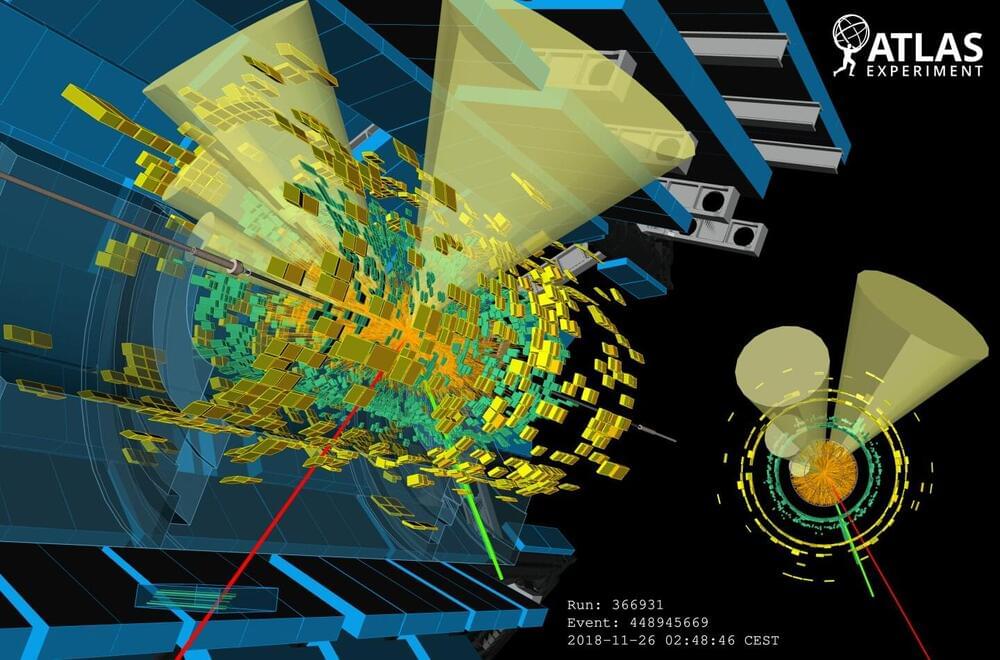The observation of a previously unseen photon delay in the production of quantum light has implications for the development of quantum technologies.



Physicists have been trying to design fusion reactors, technologies that can generate energy via nuclear fusion processes, for decades. The successful realization of fusion reactors relies on the ability to effectively confine charged particles with magnetic fields, as this in turn enables the control of high-energy plasma.
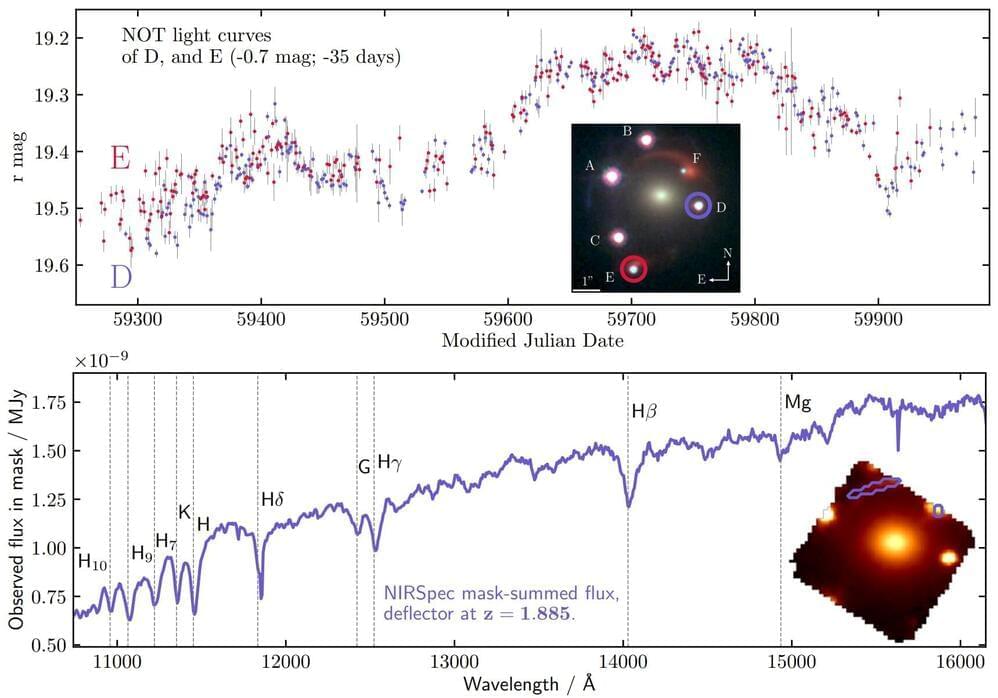
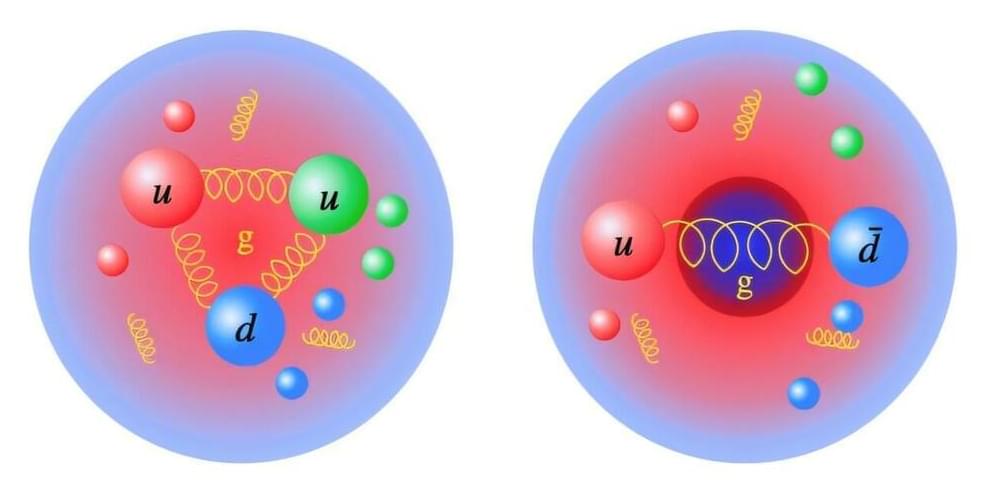
Scientists can determine the mass of subatomic particles that are built from quarks by looking at the particles’ energy and momentum in four-dimensional spacetime. One of the quantities that encode this information, called the trace anomaly, is linked to the fact that physical observables from high-energy experiments depend on the energy/momentum scales involved.

Modern imaging systems, such as those used in smartphones, virtual reality (VR), and augmented reality (AR) devices, are constantly evolving to become more compact, efficient, and high-performing. Traditional optical systems rely on bulky glass lenses, which have limitations like chromatic aberrations, low efficiency at multiple wavelengths, and large physical sizes. These drawbacks present challenges when designing smaller, lighter systems that still produce high-quality images.
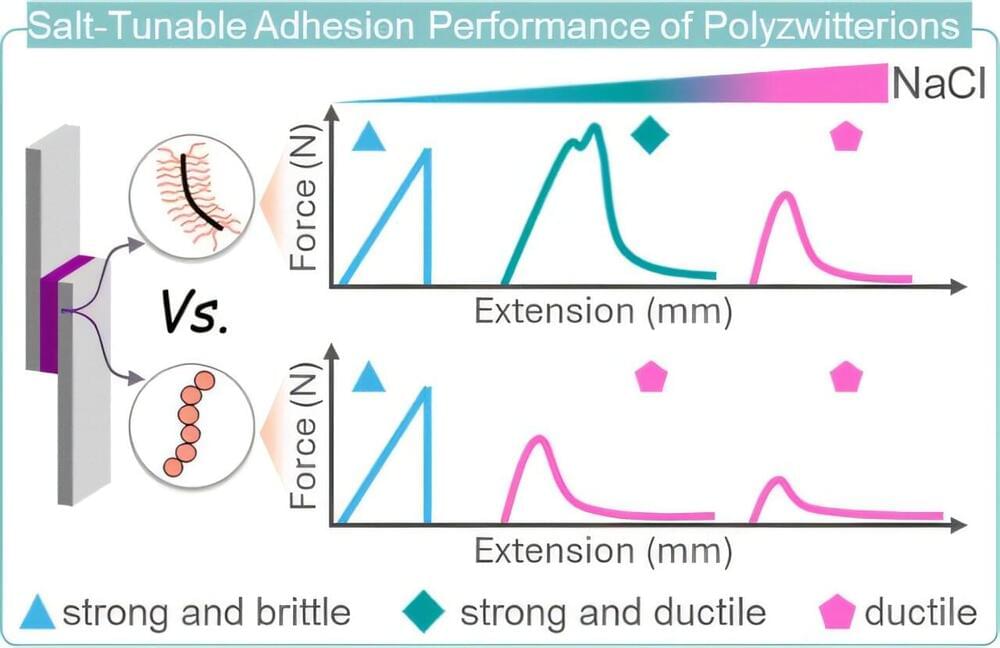
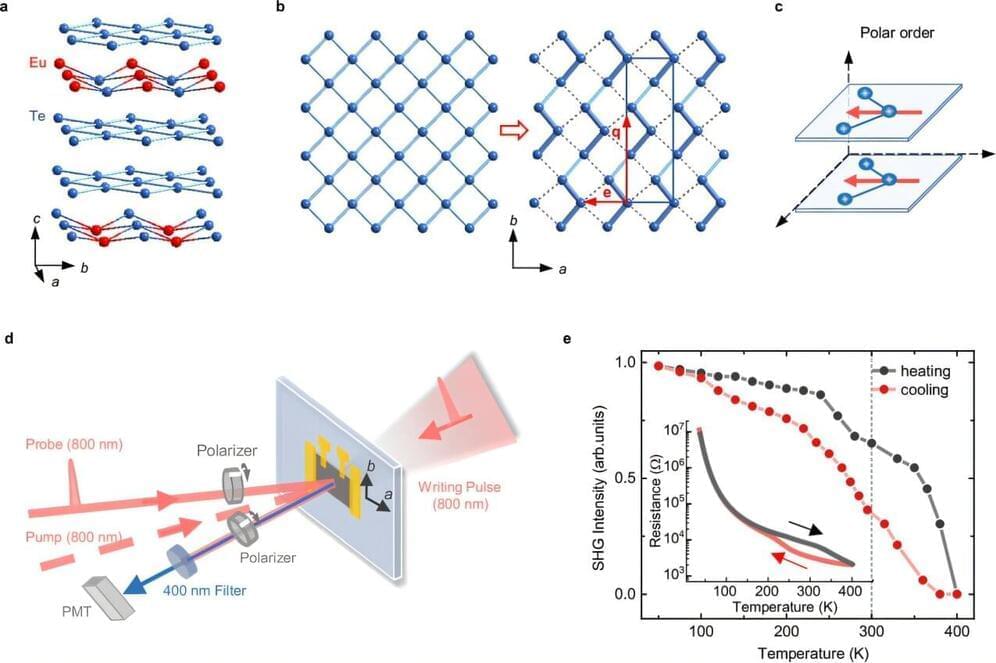
Addressing the challenge of controlling electronic states in materials, the scientific community has been exploring innovative methods. Recently, researchers from Peking University, led by Professor Nanlin Wang, in collaboration with Professor Qiaomei Liu and Associate Research Scientist Dong Wu, uncovered how ultrafast lasers can manipulate non-volatile, reversible control over the electronic polar states in the charge-density-wave material EuTe4 at room temperature.
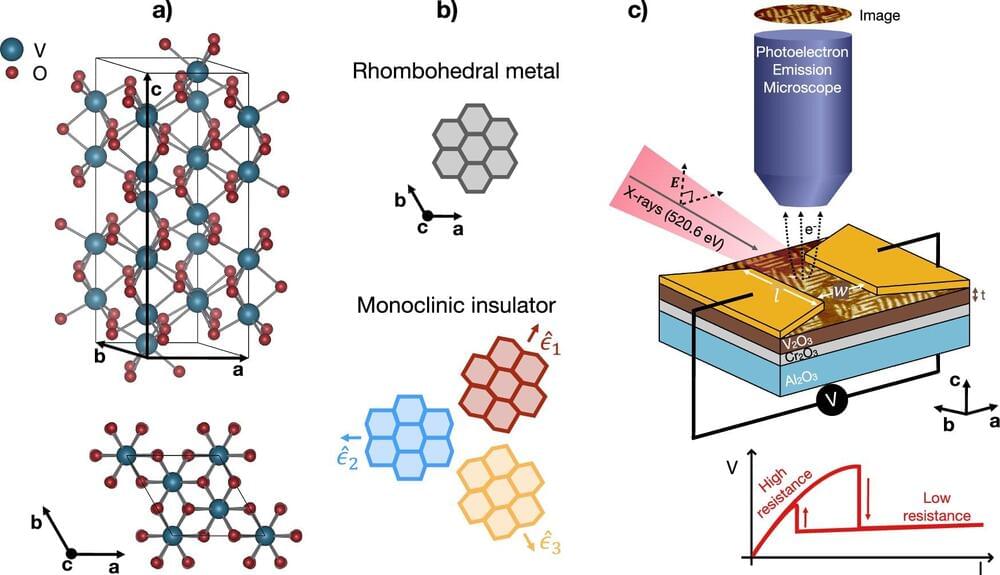
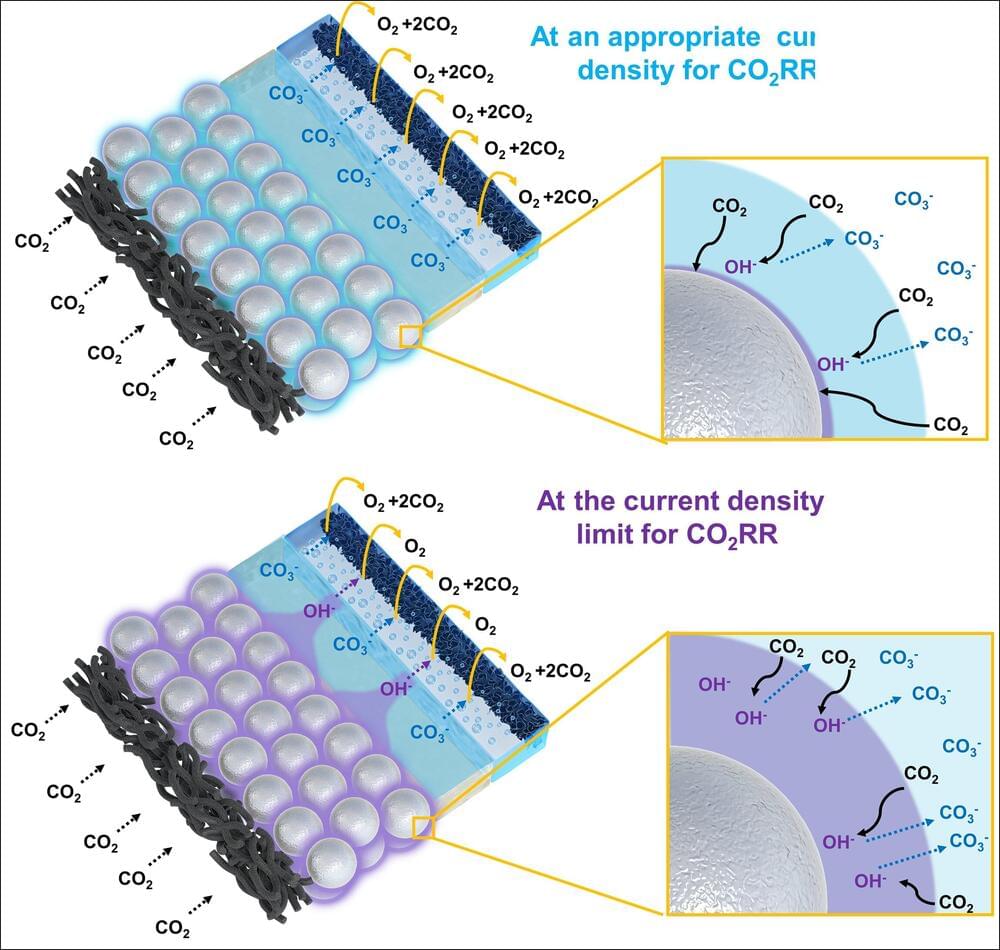
A research team led by Dr. Hyung-Suk Oh and Dr. Woong Hee Lee at the Clean Energy Research Center at Korea Institute of Science and Technology (KIST) has developed a silver-silica composite catalyst capable of reversible local pH control through a silica-hydroxide cycle, inspired by Earth’s natural cycles.
